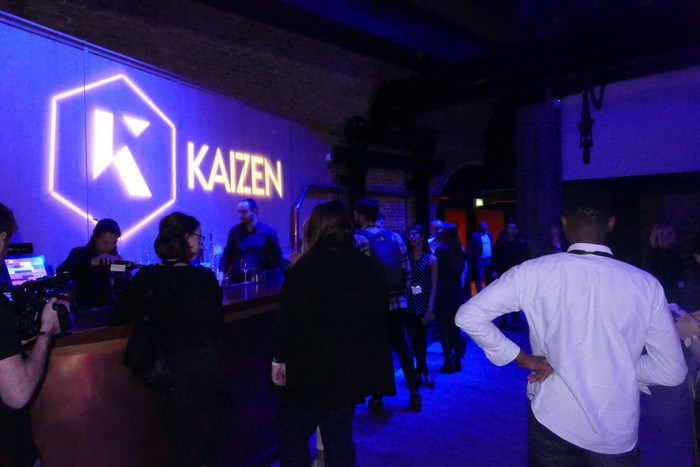Content
Our Key Lessons From Brighton SEO 2017

On September 15th, the bi-annual conference BrightonSEO returned for its autumn edition, and the Kaizen team were in attendance. As the UK’s primary SEO conference, the event offers an abundance of useful, relevant advice for marketers and brands alike.
With a focus on online PR, we’ve detailed some of the most interesting lessons we took from the day that we’ll definitely be taking forward.
Making The Most of News Hooks
It’s no secret that producing evergreen content is an effective way to leave the door open to gain more links over time. However, Shannon McGuirk’s thought-provoking talk on utilising news hooks in your link building strategy gave some very valid advice on how to take this content and make it relevant again at key points throughout the year.
By taking note of events in the year relevant to the content being produced, you can utilise these days to create news hooks – be that Valentine’s Day, awards season or National Beer Day. Further to this, paying attention to popular topics in the media throughout the year can highlight opportunities to push previous content again in an extremely relevant way and use this to add to on-going press conversations.
Key Lesson: Lay out a calendar of events related to each piece of content you create and come back to this to make the most of each piece you create.
You can view Shannon’s slides in full below:
How To Package a Story for Journalists
Creating engaging and relevant content is the primary aim of our day-to-day business. However, if this content is packaged incorrectly and pitched to the wrong journalists then it won’t matter how amazing it is because it will never get shared. Sophie Everett went into detail on this and how to ensure that your content is primed perfectly for your target publications.
One of the key things we took from her talk was the importance of the press release you send to journalists. Although it can be tempting to go into detail on all of the research findings it’s important to condense this down and make the story easily reproducible for a journalist. Sophie suggested keeping press releases to around 400 words and mimicking the style of the publications your pitching to. This means that you should probably stick to shorter words for tabloids but can get a little more expansive with your vocabulary when contacting a specialist publication.
Key Lesson: Keep your press releases succinct and easily translatable into a news story to make it as simple as possible for journalists to cover your content.
You can view Sophie’s slides in full below:
How To Build Links With No Budget
One of our very own Campaign Managers, Bobbi Brant, delivered the final talk of the morning and maybe we’re biased, but we think Bobbi raised some great points on building links for relatively unknown brands without a budget. It’s easy to fall into the trap of believing that without a reasonable initial investment it will be impossible to conduct research and create an impressive and informative piece of content that will generate high authority links. In fact, having limited resources can be a great chance to get creative and a reminder to put the story first. As Bobbi points out, a newsworthy story will still be newsworthy regardless of the quality of the asset.
Bobbi also highlighted the wealth of existing data that is available out there ready to be worked with. By cross-referencing multiple sources and delving into the available data it is possible to find a unique and interesting story for press and also to borrow the authority of the sources you use. Graphics can then be created in a cost-effective way by using online infographic creation technology, such as Piktochart.
Key Lesson: A creative and interesting story is key. Ensuring you have a unique story, worthy of press is achievable with little budget if you utilise the right data sources and are happy to get involved in the content creation.
You can view Bobbi’s slides in full below:
Share









